I truly believe that one of the most misunderstood concepts in the law, especially for small business owners, is that of “Asset Protection”
Thousands of business owners get taken advantage of each year with high priced asset protection plans that don’t come close to providing the protection they were promised.
“Others just avoid the topic all together and just buy more insurance crossing their fingers hoping that an expensive lawsuit or accident doesn’t befall them.”
The reality is that Asset Protection is broken into two issues that need to be considered and properly addressed.
First, is to protect your personal assets from the operations of our business. I refer to this as “Inside Liability”- liabilities that could occur inside our business and threaten your personal assets.
The Second type of liability is “Outside Liability”– something that happens in your personal life that threatens your business and assets. For example, texting and driving. In Part II of this series- (see next week’s article) I discuss protecting your business or assets from your personal actions.
An example of Inside Liability occurred just last week. I had a client call me frantically and explain they had a customer ‘slip and fall’ on the way into their offices. It was due to some snow (from a late spring surprise snow fall) and it had accumulated just enough on the sidewalk to make is slippery. Regrettably the customer broke their hand in an ugly fall. Of course, a slip and fall is a ‘classic’ situation, and that’s because it happens all of the time and why asset protection for your business is so important. My client immediately wanted to review their ‘asset protection plan’.
Actually, protecting our personal assets from our business activities is the ‘easier’ of the two types of liabilities and simpler methods of asset protection tools exist for this objective.
Luckily, my client in the situation above had implemented various asset protection strategies and was able to avoid any personal liability. Here are few options you may want to consider.
- Choose the right entity for your business. There will certainly be tax-planning considerations, but operating as a sole-proprietorship certainly isn’t one of our best choices. As a sole-proprietorship your personal assets are completely exposed to a potential lawsuit. Setting up an entity, such as a corporation or LLC will be an important step in the development of your business. Luckily my client had a two-layer approach to his business structure. He operated the business as a corporation and held the building in an LLC. This caused the injured customer to first look to the corporation and LLC and would be forced to find a way to attack him personally.
- Maintain your “corporate veil”. If you have indeed set-up an entity, don’t think that just having a piece of paper in the drawer that you filed ‘Articles of Incorporation” will save you when the lawsuit comes. You need to maintain a separate checkbook for your business, use the company name on all documents, title the property in the name of the company if necessary, and most importantly, maintain a corporate book and do your annual minutes. I don’t care if you have an LLC and think you can ‘cut corners’ because it’s an LLC. You should have all the proper documents for any type of entity and do your annual maintenance religiously. In my client’s predicament, we were able to quickly review his company documents and confirm they were in compliance internally and with the state. Heaven forbid, we didn’t want to be in a situation of ‘re-creating’ corporate paperwork for the past few years and cooking the books as one might say.
- Don’t operate your business like an idiot. Ok…that was a little bold, but how else does one say it and get your attention. One of the easiest ways for creditors of your business to ‘pierce the corporate veil’ and attack your personal assets is for you to act negligently or fraudulently. In my client’s situation above, he was able to show he had a regular procedure for snow removal and ice melt and was doing all he could to warn customers about the slippery area outside the doors to his business. This is exactly what a judge wants to hear when considering a plaintiff’s plea to pierce the corporate veil. Of course, I was grateful it was simply an accident and we didn’t have a ‘Bernie Madoff” situation where he had stolen monies from a customer or some other group or agency. Obviously, Madoff’s corporation didn’t give him any protection whatsoever and justifiably so.
- Purchase the proper type of insurance for your business. Watch out if any so called ‘asset protection’ company suggests you can avoid insurance by simply ‘hiding’ or setting up an entity. Insurance is an important part of your business and should be budgeted for immediately in your start-up. Insurance gives your plaintiff’s a target and the ability to take care of an incident in your business. With that said, make sure you get the correct insurance policy. If you own a rental property, versus a professional practice, or retail store, you are going to have very different types of insurance. In my client’s situation, they were able to pick up the phone and have two different insurance companies to call and make a potential claim; one for the building and one for the business. Don’t forget to have an annual review with an insurance agent who can advise you on your options and what policies you may need.
In summary, this is just a simple example, but one we can all relate to. Hopefully you also recognize that the asset protection steps my client had taken were simple, straightforward and generally affordable. Nothing fancy.
My suggestion is to just start with the basics and start with the 4 steps above and get a consultation with a licensed attorney specializing in asset protection and business planning. This will most certainly eliminate the majority of exposure you may be facing in the operations of your business and help you be a much more successful business owner.










